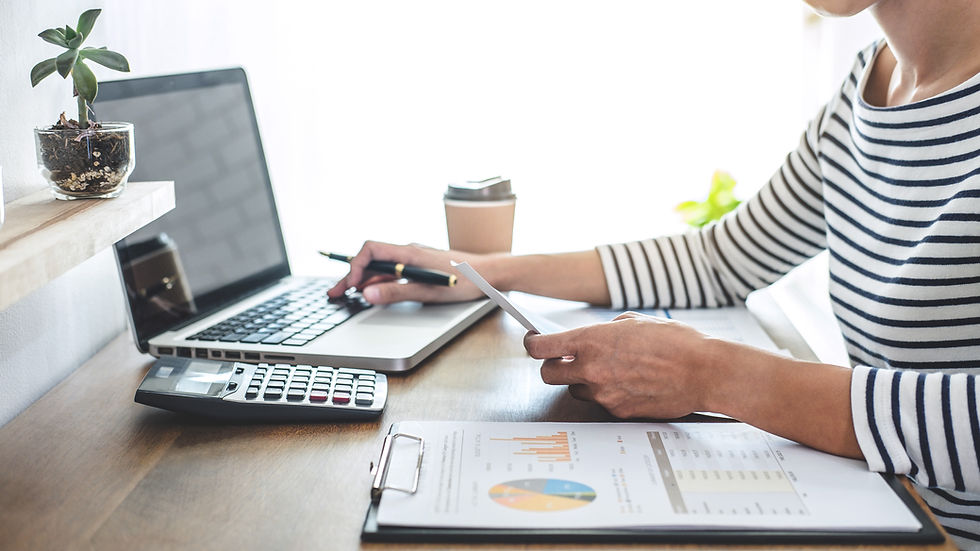What Is Tax Invoice?
- Kantee
- Sep 5, 2020
- 2 min read
Updated: Dec 18, 2024

Many of you may not know how a tax invoice looks like and how it benefits us. If you have no idea, try to think about when we go shopping at grocery stores, drug stores, convenience stores, department stores, or when we make payment of any service charge. After we pay, we always get a grocery receipt or a small payment slip. If you notice carefully, these receipts are tax invoices, or tax invoice (ABB), to be precise.
Not only do you generate receipts for your customers, but customers can also ask such document from you. This happens for those who conduct business which is a company. As a registrant, you have a duty to generate a tax invoice and give it to the customers right away when you receive a payment.
Tax invoice is an important documentary evidence which VAT (Value Added Tax) registrants must generate for people who pay for their goods or services. This is to show value of the goods or services, and VAT which the registrant collects or shall collect from the customers every time when they pay for the goods or service. The registrant must generate at least 2 papers of tax invoice – the registrant must give the original one to the customers and the registrant must keep the copy as a supporting evidence of tax returns for at least 5 years since making such report.
When conducting business, whether it is juristic person or ordinary person, if you make money or get profit more than 1.8 million baht per year from conducting such business, you have a duty to file a VAT registration at the Revenue Department within 30 days since your income is more than 1.8 million baht. However, in case, your income is not more than 1.8 million baht, or your business is exempted from VAT, you have a right to decide whether or not you want to register. Additionally, the VAT registrants must generate tax invoices not an ABB one for people who pay for their goods or services.
Credit: https://flowaccount.com




Comments